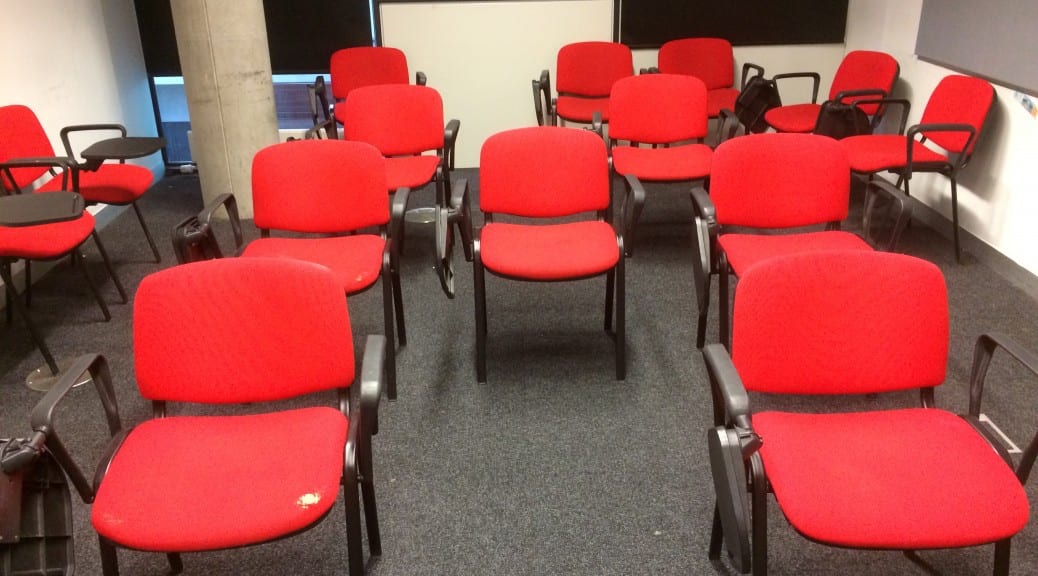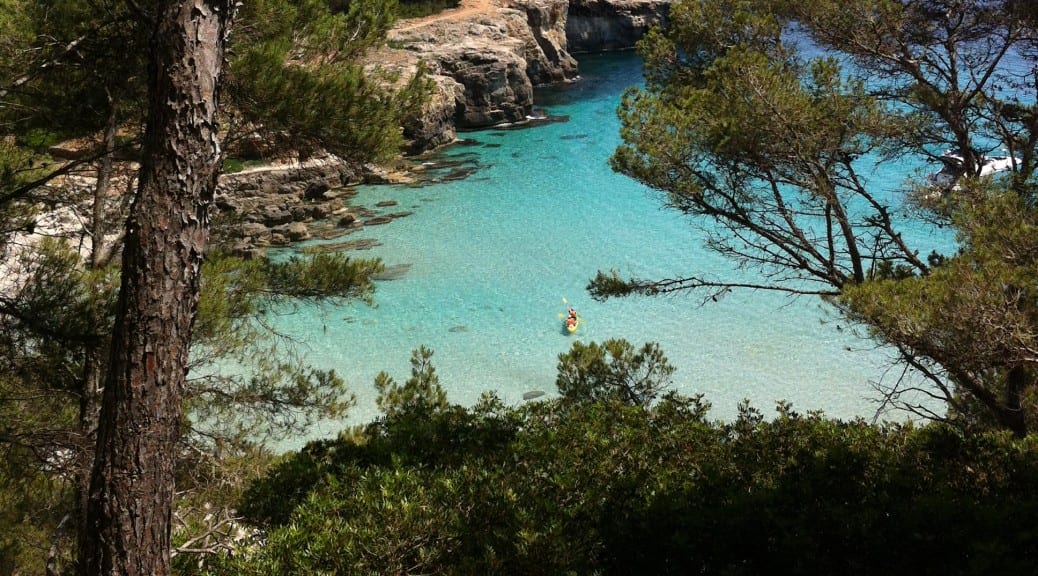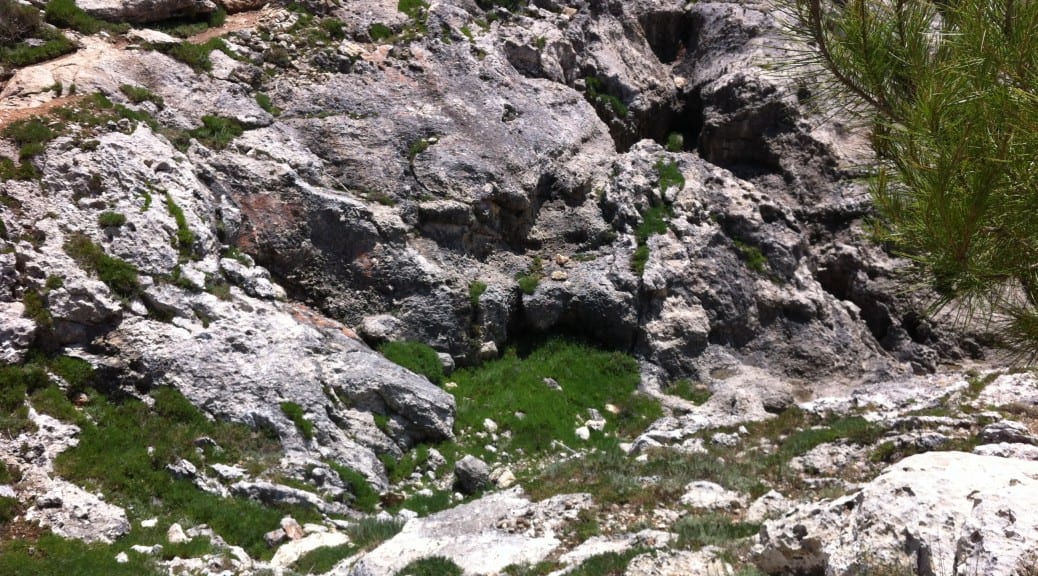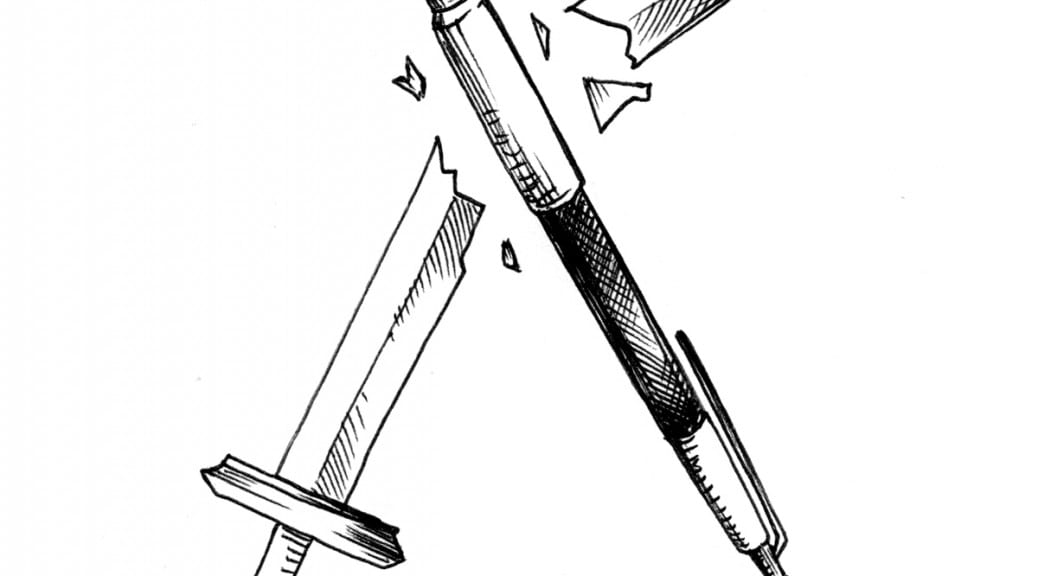During last week’s session, we had to write a piece of creative writing. It did not necessarily have to make sense but required us to think about an idea or theme. We were given some ideas as a stimulus from Tim Etchells’ Certain Fragments: Contemporary Performance and Forced Entertainment, one of which was “A text which could be used as a weapon” (Etchell, 1999, 178). This instantly made me think of an idea- based on my recent experiences of discovering how different people hate certain words. I considered a performance in which I simply spoke words that people hated, repeating them continuously. We were given 20 minutes to think about and design an idea. I used this time to go about to various locations asking random people what their least favourite word/phrase was. I collected the words into a tally– noting how many times each word was said. I made a rule that I would take people’s first answer regardless of what it was. Using this tally, I wrote a performance piece that repeated words depending on the amount of times they had been mentioned. Although I did not get to perform the piece (due to my involvement in an extracurricular performance) I have put the text I wrote below:
Words of Hatred
Moist, Moist, Moist, Moist, Moist, Moist, Moist, Moist, Clump, Blah blah blah, Joe, #yolo, Squelch, Squelch, Vagina, Kinda, Minge, Minge, Cunt, Cunt, Cunt, Cunt, Cunt, Cunt, Fuck knows, Beige, Dark, Literature, Honestly, Crunch, Necessary, Generally, Clutch, I don’t know, I don’t know, I don’t know, I don’t know, I don’t know, I don’t know, I don’t know, I don’t know, I don’t know, I don’t know, I don’t know, I don’t know, I don’t know, I don’t know, I don’t know, I’m not sure, Fuck, Fuck, Shibboleth, Stupid, Err, Err, Err, Lazy, Twat, Prick, Okay, Okay, Nice, Why, I have no idea, What, Oh, Oh god, Snowflake, No, Brexit, Capitalism.
After all, they say the pen is mightier than the sword.
——————————————————————————————
Etchells, T. (1999) Certain Fragments: Contemporary Performance and Forced Entertainment. USA: Psychology Press.
The English Grammar Club, (2015) Pen is mightier than the sword [Online]. Available at: http://www.grammar.zone/wp-content/uploads/2015/10/The-pen-is-mightier-than-the-sword.jpg [Accessed 27 February 2017].







